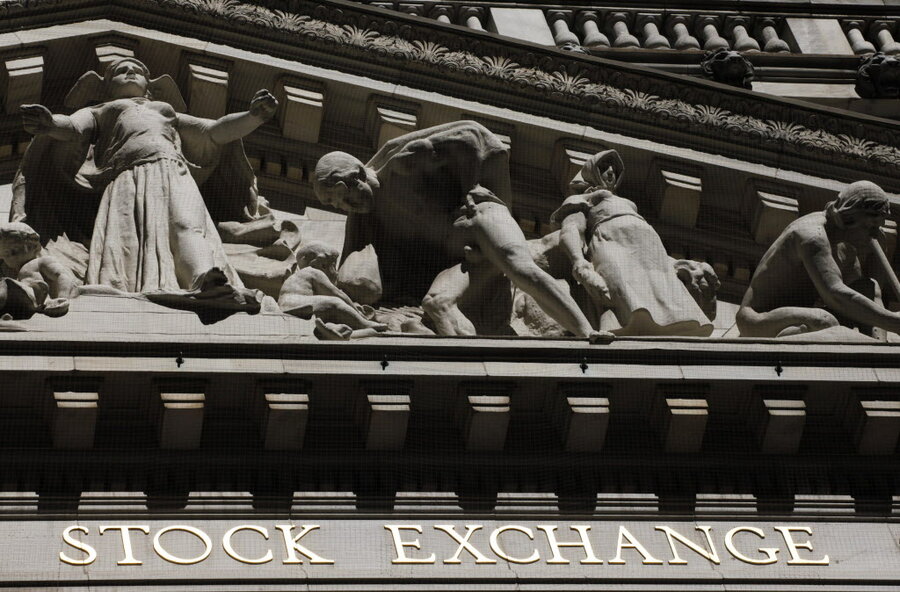When investing, it's better to think about the long term
Loading...
Investing is inherently risky; there’s never a guarantee of positive returns. But this year’s high levels of market volatility, coupled with last year’s lackluster returns, might leave investors wondering if it’s worth waiting for an upturn.
The answer is yes — and it has more to do with how you invest than the investment products you choose. Creating a well-balanced, diversified portfolio and investing for the long run doesn’t quite guarantee you positive returns, but it comes pretty close.
Stocks and bonds
If you’re looking for a guaranteed return, stocks probably seem like a bad choice. Historical data shows that stock market returns vary widely from year to year. Since 1928, stocks’ worst-ever one-year return was a loss of 43.84% in 1931. They had their best year in 1954, when they gained 52.56%.
Investors consider bonds to be a safer investment than stocks, but they still experience volatility, and putting all your money in them is far from safe. In 2009, 10-year Treasury bonds lost 11.12%, in their worst year ever. They gained 32.81% in their best year, 1982.
In theory, different asset classes perform well at different times — so diversification, or having a mix of assets in your portfolio, should help investors achieve better returns. But if you construct a hypothetical portfolio made up of 60% stocks and 40% bonds, returns still vary quite a bit.
According to my calculations, the worst single year for a 60/40 portfolio was 1931, when it sustained a 27.33% loss, and the best year was 1954, when it gained 32.85%.
Simple diversification helps, but it’s not enough.
Long-term investing is key
Financial markets don’t stay bad forever and they don’t stay good forever. Big swings occur on a yearly basis, but the long-term trend has definitely been positive. If you’re willing to ride out the ups and downs, you have a better chance of capturing the markets’ long-term positive trend.
Going back to our historical data and our hypothetical portfolio made up of 60% stocks and 40% bonds, you can see how this plays out:
| Timeframe | Years | Worst average annual growth |
|---|---|---|
| Source: Federal Reserve data from NYU Stern, calculations by Dave Rowan | ||
| Worst 1-year 60/40 return | 1931 | -27.33% |
| Worst 2-year 60/40 return | 1930-1931 | -20.60% |
| Worst 3-year 60/40 return | 1929-1931 | -15.21% |
| Worst 4-year 60/40 return | 1929-1932 | -12.01% |
| Worst 5-year 60/40 return | 1928-1932 | -5.37% |
| Worst 6-year 60/40 return | 1929-1934 | -3.59% |
| Worst 7-year 60/40 return | 1928-1934 | +0.24% |
By being willing (and able) to hold onto this simple portfolio for seven years, historical investors would have effectively guaranteed themselves a positive return. And we’ve been focusing on the worst-ever returns. This hypothetical portfolio returns an average of 8.92% across all seven-year periods from 1928 to 2015 — a result that would please most investors.
Consider your time horizon
Clearly, the longer you are invested in a mix of stocks and bonds, the better your chances of seeing positive returns. So if you have money to invest, but know you’ll need it in five years or less, it’s probably best to stay away from these riskier assets. Instead, stick to certificates of deposit, savings vehicles provided by banks that offer fixed interest rates. You won’t see much of a return, but it will be guaranteed and insured by the Federal Deposit Insurance Corporation, in many cases.
However, if you’re reasonably sure you won’t need the money for more than five years, consider investing in a diversified portfolio of stocks and bonds. History is no guarantee that you’ll avoid a loss, but the numbers sure look compelling.
Dave Rowan is a certified financial planner and the founder of Rowan Financial. This article first appeared in NerdWallet.







